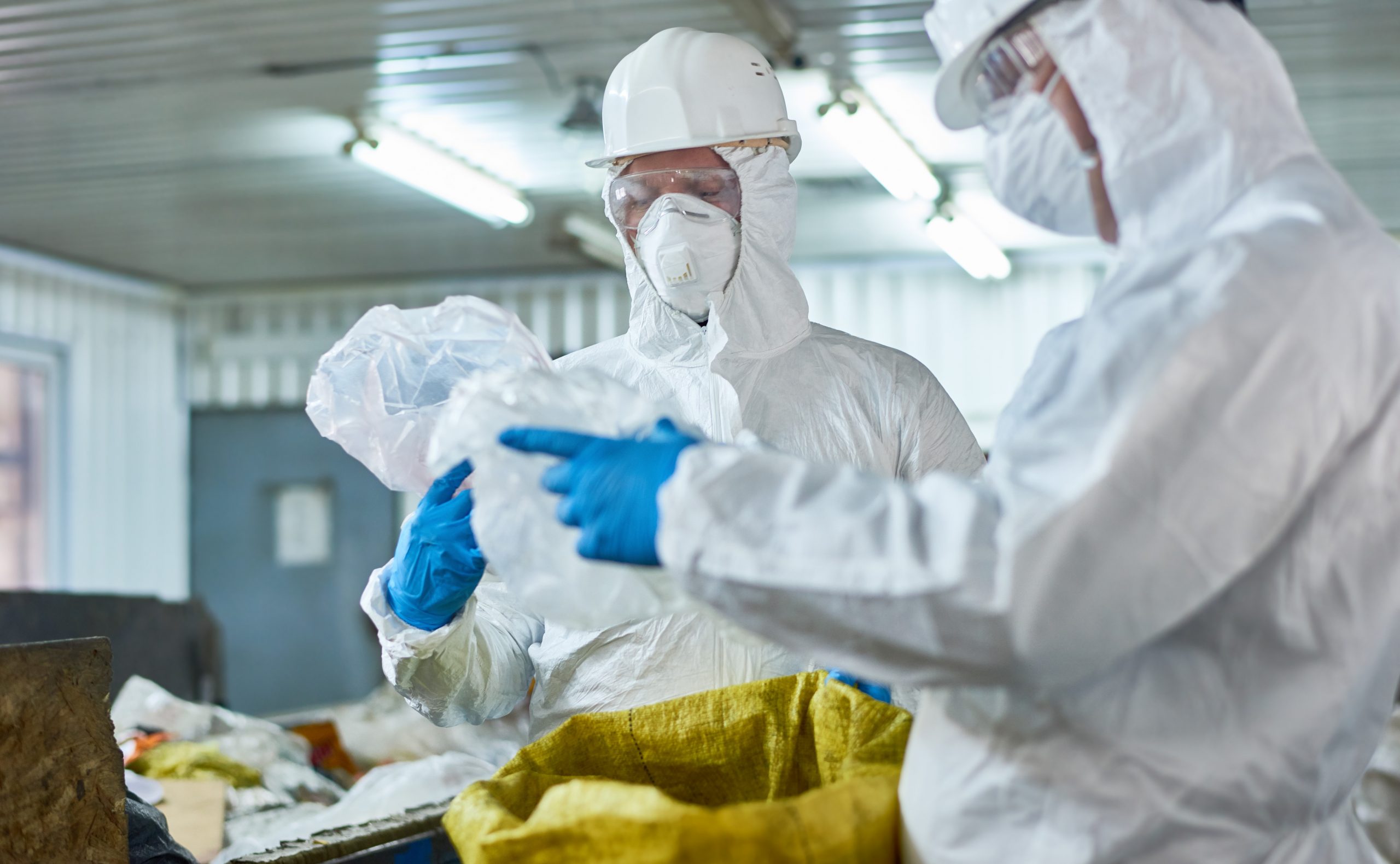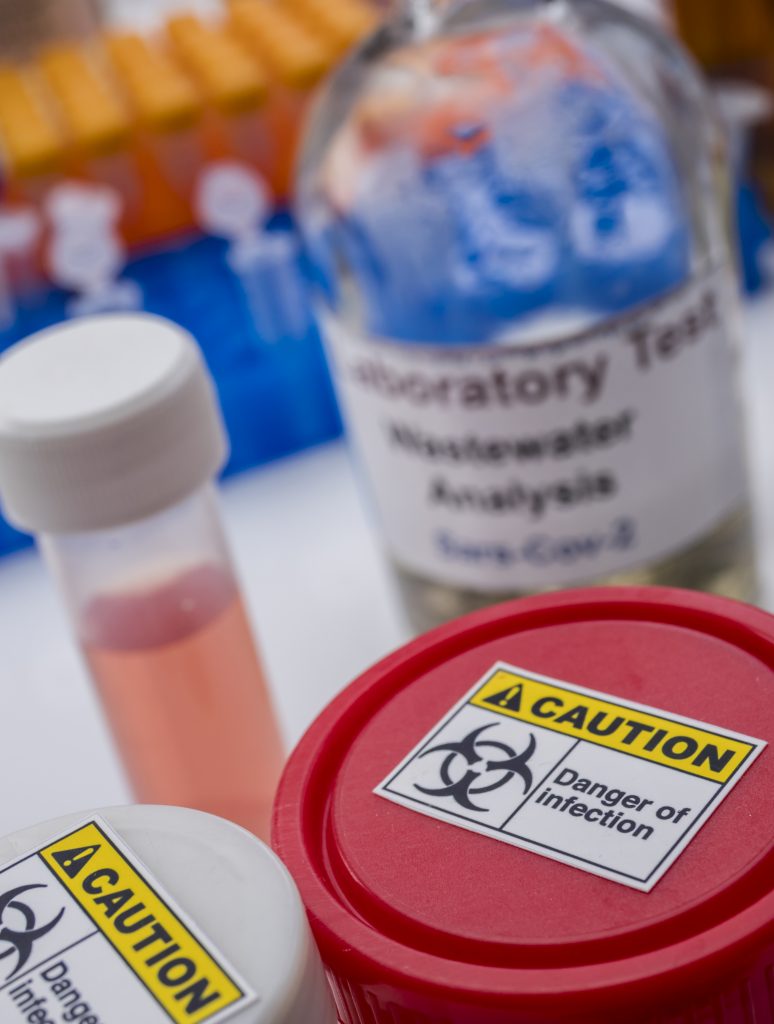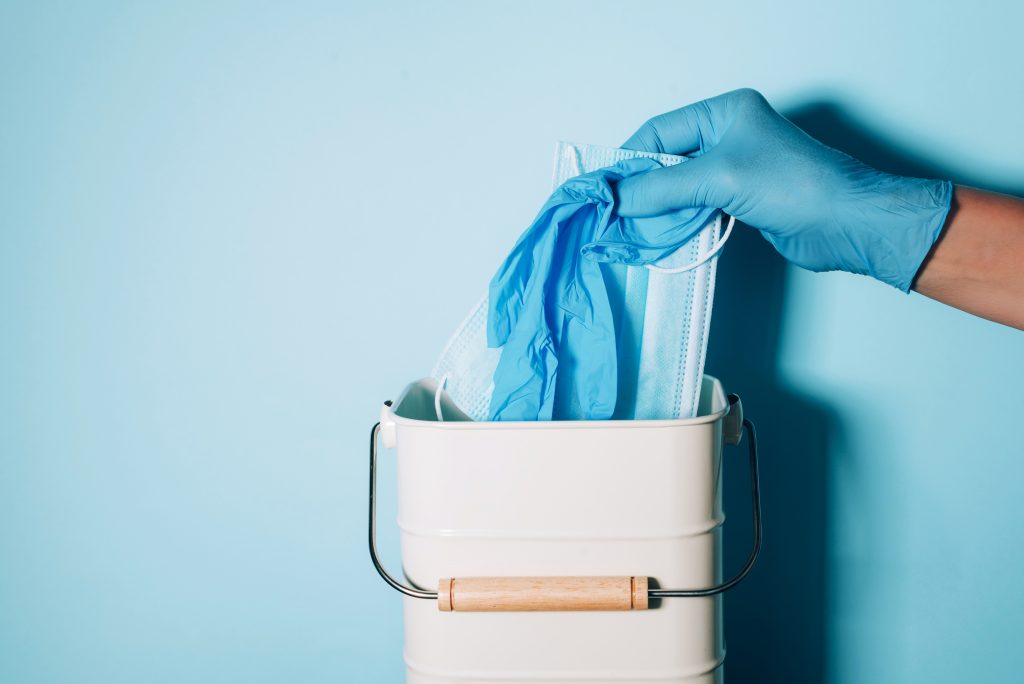Waste & material traceability solution for sustainable facilities

In many countries, significant challenges persist concerning the proper management and disposal of medical waste. Especially after the global virus Covid-19, safe and sustainable waste management is a considerable concern. To adequately explain Medical Waste Operation types, we have to further talk about,
Firstly, there are many types of medical waste. Infectious waste, Pathological Waste, Sharps Waste, Chemical Waste, Pharmaceutical Waste, Cytotoxic Waste, Radioactive Waste, Non-hazardous, or General Waste.
These different types of medical waste should be preserved in different kinds of containers. Any facility that generates these types of medical waste must be compliant with all laws and regulations that govern the industry. All medical waste containers must be color-coded for medical staff to sort the waste in the safest way possible properly. There are no strict requirements, but there are some common color-codes. Red tends to indicate biohazardous waste. Syringes (without the needles), soiled gloves, catheters, IV tubes should be all disposed of in a red-colored bag, which will later be incinerated. Yellow is for chemotherapy waste. All dressings, bandages, and cotton swabs with body fluids, blood bags, human anatomical waste, and body parts are discarded in yellow bags. In some facilities, they use linen containers as well. Black is used for non-bio-medical waste. In a hospital setup, this includes stationary, vegetable and fruit peels, leftovers, packaging including that from medicines, disposable caps, disposable masks, disposable shoe covers, disposable teacups, cartons, sweeping dust, kitchen waste. Blue is for pharmaceutical waste that is not RCRA regulated, such as antibiotics. There are time limitations for containers. It is time to swap the containers with the new one once a container is three-quarters full. Never reuse needle disposal containers.

In developed countries, only a licensed transporter is allowed to transport waste. In developing countries, different mechanisms are used for waste transportation;
The hospital staff carries out onsite and offsite transportation. Private contractors transport waste both on and offsite. Onsite transportation is carried out by hospital staff, and private contractors carry off-site transportation.
Collection vehicles used for the transport of medical wastes should not be used to transport any other material. The vehicle should have an enclosed leak-proof body and be capable of being locked to secure the waste. It should also carry suitable protective clothing and cleaning equipment. The vehicle must be marked with the international hazard sign and have fixed equipment for measuring the weight of wastes and an automated load platform. Medical waste should be accompanied by a consignment note (a type of waste, source, weight) to be transferred. It must be mentioned that the vehicle should not be equipped with a compaction mechanism.
In the process of waste bog collection, waste bags may be placed directly into the vehicle, but it is safer to put them in different containers (cardboard boxes or wheeled, rigid, lidded plastic or galvanized bins). This has the advantage of reducing the handling of filled waste bags but results in higher disposal costs. These secondary containers should be placed close to the waste source.

This method is usually the first choice because it is the quickest, most straightforward choice. But in this method, emission can be dangerous.
Steam sterilization renders biohazardous waste non-infectious. After it’s been sterilized, the waste can generally be disposed of in solid waste landfills or incinerated under less-stringent regulation. 90% of materials are sanitized this way before being sent on to a landfill.
Another way to render hazardous medical waste non-hazardous is to microwave it with high-powered equipment. As with autoclaving, this method opens up the waste to regular landfill disposal or incineration afterward. More energy efficient. This method can be utilized for 90% of the materials.
Some kinds of chemical waste may be neutralized by applying reactive chemicals that render it inert. For liquid waste, it can be used for solid but requires grinding.
This experimental method of treating biomedical waste uses enzymes to neutralize hazardous, infectious organisms. It’s still under development and rarely used in practice.
Lastly, several scandals involving toxic waste discovered in or near residential areas and a generally increased awareness of environmental pollution forced authorities in many countries in Europe and North America to enact waste disposal regulations. Medical waste laws differentiate from one country to another. But these laws made discarding waste more expensive and led to increased legal and illegal exports of hazardous waste from high- to low-income countries. Medical waste is regulated by the DOT, EPA, OSHA, and the DEA. It’s vital to be aware of each agency’s guidelines when preparing, transferring, and disposing of hazardous waste.
Bonus: The WHO Provides a Free 308 Page Manual on the safe management of medical waste, including general info like definition and classification to minimization, reuse, collection, storage, and more.